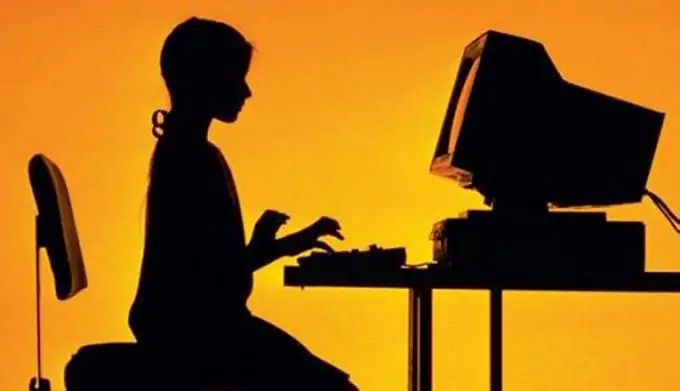The development of a computer game requires a lot of effort and the involvement of a whole team of professionals. But thanks to special programs - game designers - this can be done without special knowledge. To create a game using the program, you do not need to be able to program - everything you need is already built into it, and your task is reduced to choosing and setting up ready-made elements.

It is necessary
Game Maker, computer
Instructions
Step 1
There are different programs for creating games. Some specialize in certain genres (RPG, quests, logic games, etc.), others are universal; some are limited to 2D and some are designed specifically for 3D gaming. Popular game designers are Game Maker, Adventure Game Studio, Construct Classic, Novashell. Most of them have a similar interface and algorithm of action. Let's consider it using the example of the most common program for creating games - Game Maker.
Step 2
Selecting sprites. After launching the designer, you will see a menu that allows you to work with various elements, a list of which you will find in the "Resources" tab. So, in the "Sounds" folder you can choose the appropriate soundtrack for your game, in the "Backgrounds" folder - the background you need. A beginner may be intimidated by the word "sprites" - these are simply graphic images of various objects that are used in the game. The program has a wide selection of sprites, among which there are various stationary and moving objects, characters, monsters, walls, doors, obstacles, keys, chests, etc. Start by selecting and downloading these items.
Step 3
Creating objects and defining actions is a dynamic part of the game. Now you have to create objects that will be represented in the game by the previously selected sprites. This can be done in the "Resources" tab. Objects can be visible and invisible, regular and solid. You can also create a parent with several different sprites that still behave the same. Behavior is how objects differ from sprites: the monster tries to kill the player, the balls bounce off the walls, and the walls, in turn, push the balls away.
Step 4
This behavior is determined through the events that can be selected in the object properties window, and the actions that will be performed on this event. Depending on the genre of the game, you may need different actions: move, collide, control, draw or score. Each action has a number of parameters: for example, to which object the action is applied, relativity (changing points), etc. Please carefully adjust all parameters, otherwise the game will not function.
Step 5
Creation of rooms, each of which corresponds to a new level. If the concept of your game does not provide for the passage through the levels, you can limit yourself to one room. The rooms menu is located in the same "Resources" tab. There you can adjust the size, appearance, speed of the room and fill it with the created objects. When the game starts, the first room is loaded, and objects in it begin to perform the actions assigned to the event. Now on the toolbar, click the Run button and check how everything works.






